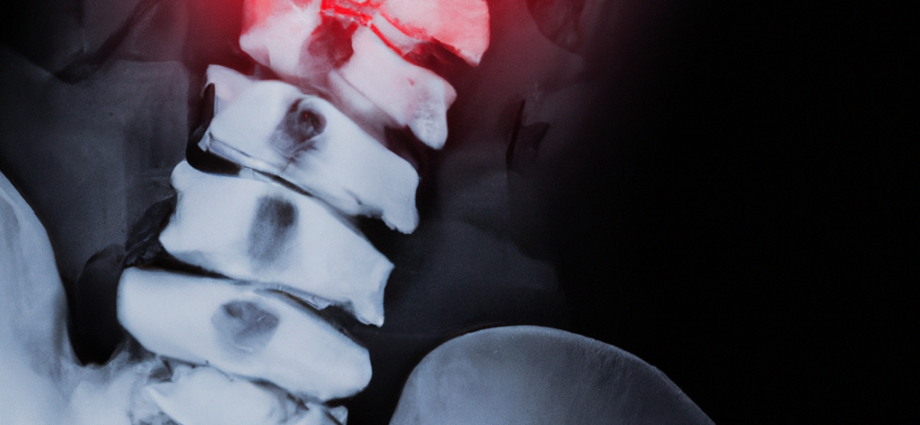Spinal stenosis happens when the space in the spine becomes too narrow, putting pressure on the spinal cord and nerves. This can lead to symptoms like mild discomfort, severe pain, numbness, or weakness. While surgery is often used to treat this condition, there are also non-surgical treatments that can help reduce symptoms and improve how you move and feel.
Understanding Spinal Stenosis
Spinal stenosis can be caused by a range of factors, including degenerative changes in the spine, herniated discs, and thickened ligaments. It is more common in older adults, but can occur in younger people as well. Symptoms can vary depending on the severity of the stenosis and where it is located in the spine, but may include:
- Back pain
- The arms or legs feeling numb, tingly, or weak.
- Challenges with standing or walking for extended durations.
- In severe cases, the inability to control bowel or bladder movements.
Non-Surgical Treatment Options for Spinal Stenosis
Luckily, surgery isn’t always needed to treat spinal stenosis. There are several non-surgical treatments that can work well, depending on how serious the condition is and what the person needs. These options might include:
Physical Therapy
A personalized workout plan might be designed by a physical therapist for you. The goal is to make the muscles around your spine stronger, improve your flexibility, and enhance your posture. This can help take pressure off your spine and reduce your symptoms.
- Stretching Exercises: Your spine and surrounding muscles can become more flexible with gentle stretching. Pay particular attention to hamstring, hip flexor, and lower back stretches.
- Strengthening Exercises: Strengthening your core muscles, like the abdominal and back muscles, can give better support to your spine. Exercises like bridges, planks, and gentle leg raises can help.
- Aerobic Exercise: Low-impact activities like walking, swimming, or cycling can increase blood flow and improve overall spine health without stressing your back too much.
Medications
Over-the-counter medications can help with pain and inflammation from spinal stenosis.
- Nonsteroidal Anti-Inflammatory Drugs (NSAIDs): Medications like ibuprofen or naproxen can reduce inflammation and relieve pain.
- Pain Relievers: Acetaminophen can help manage pain, but it doesn’t reduce inflammation like NSAIDs do.
- Muscle Relaxants: If muscle spasms are causing discomfort, muscle relaxants might be prescribed.
Epidural Steroid Injections
For more severe pain, your doctor may recommend an epidural steroid injection. This involves injecting a steroid medication directly into the epidural space in the spine, which can help reduce inflammation and alleviate pain.
Lifestyle Changes
Making certain changes in your daily routine can help manage spinal stenosis symptoms.
- Weight Management: Keeping a healthy weight reduces the strain on your spine. Even a small amount of weight loss can significantly reduce symptoms if you’re overweight.
- Posture Improvement: Be mindful of your posture, particularly when standing or sitting for extended periods of time. Make use of ergonomic furnishings, such as lumbar support chairs, to preserve your spine’s natural curve.
- Activity Modification: Avoid activities that worsen your symptoms. For example, if bending forward causes pain, try to avoid movements that require frequent bending.
Alternative Therapies
Some people find relief from spinal stenosis through alternative therapies, which can be used along with regular treatments.
- Chiropractic Care: Chiropractors use adjustments to help improve spinal alignment and sometimes relieve pressure on the nerves.
- Acupuncture: This traditional Chinese method uses thin needles inserted into specific points on the body to help relieve pain and improve overall well-being.
- Massage Therapy: Massage can relax tight muscles, improve blood flow, and help ease discomfort.
Mind-Body Techniques
Taking care of the mental and physical aspects of chronic pain is part of managing the condition.
- Mindfulness and Meditation: Doing mindfulness exercises or meditation can help you feel less pain and improve your mental well-being.
- Cognitive Behavioral Therapy (CBT): CBT is a type of therapy that helps you handle chronic pain by changing how you think about and react to your symptoms.
When Surgery May Be Necessary for Spinal Stenosis
Non-surgical treatments can often help with spinal stenosis, but sometimes surgery may be needed. Surgery is usually only done for serious cases where the spinal cord or nerves could be permanently damaged. It might involve removing bone or tissue pressing on the spinal cord or joining the bones in the spine to make more space.
The decision to have surgery should be made with your doctor’s advice, and only after trying other treatments. While surgery can help with symptoms, it has risks and may take a long time to recover from.
Conclusion
While surgery can help with severe spinal stenosis, many people feel much better with non-surgical treatments. Using physical therapy, medicine, lifestyle changes, and other therapies can help manage symptoms and improve your life. It’s important to work with your doctor to make a treatment plan that’s right for you, so you can manage your condition without needing surgery.

